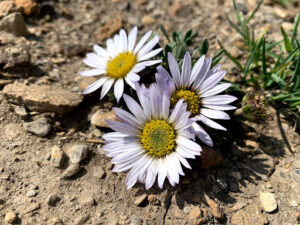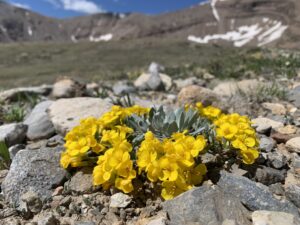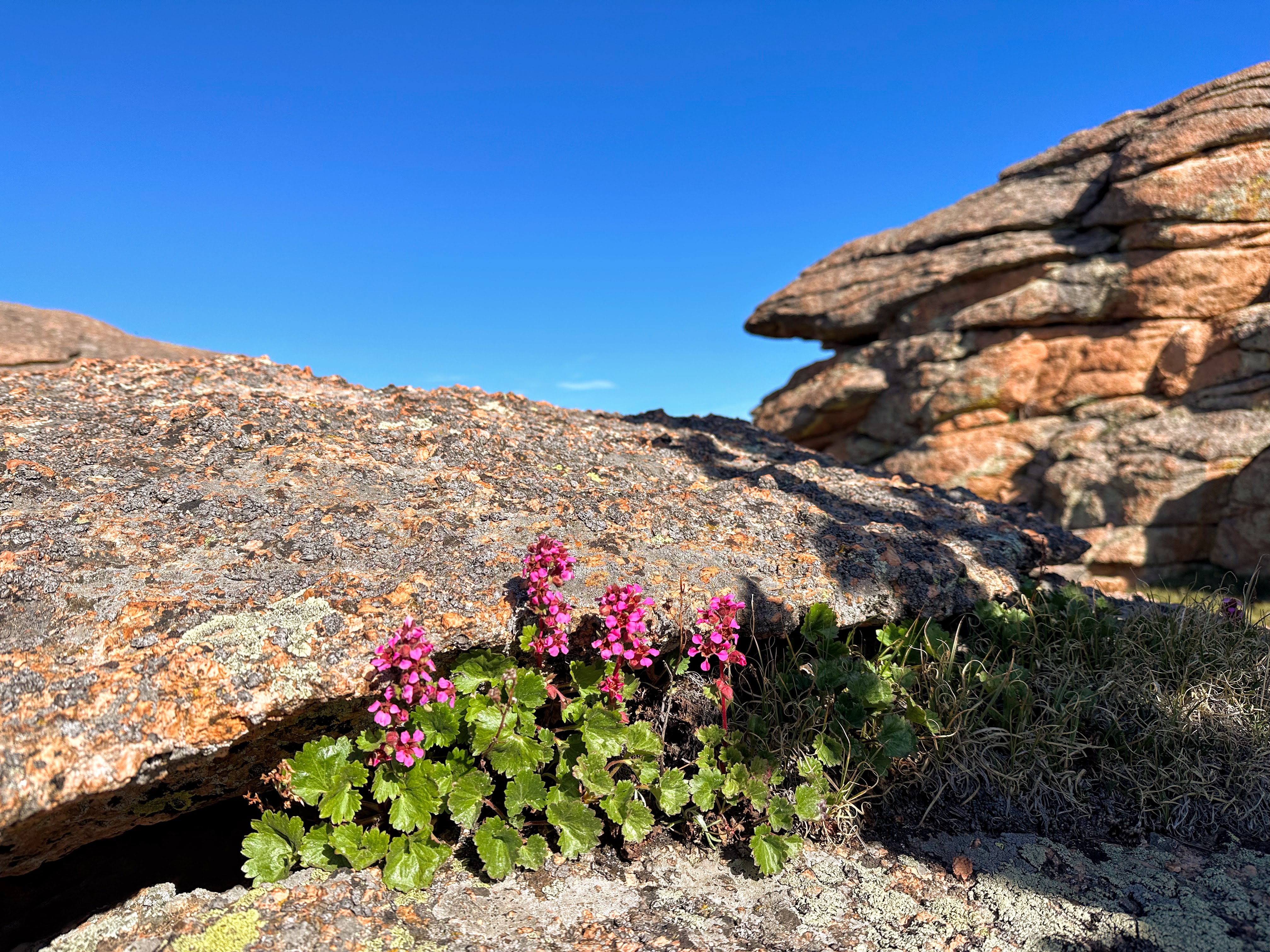OBJECTIVE 2. Conserve alpine plants and their habitats >
TARGET 9:
Ensure that at least 75% of all identified threatened North American alpine plant species are held in ex-situ collections, and 10% are in recovery and/or restoration programs by 2030.
As noted in Target 8, ex-situ collections can take the form of plants, living tissues or seeds. Target 9 focuses on securing 75 percent of those with a G1-G3 rank in living and seed bank collections. A higher ex-situ collection target of 90 percent is planned for species with a greater risk of extirpation or extinction based on conservation assessment and threat. Seed banking is considered the highest priority for ex-situ conservation.
Ten percent of threatened alpine plants will be placed in recovery and/or restoration programs following protocols such as those developed by the Center for Plant Conservation (CPC). These programs constitute rigorously tested science-based protocols for conservation and in-situ re-introduction.
Progress
Currently underway!
Approach
This target is similar to the previous one, except that it focuses on threatened species and has an additional recovery/ restoration goal. Remember, threatened species are those whose Global Rank is G1: Critically Imperiled, G2: Imperiled, or G3: Vulnerable. Our goal is to conserve at least 75% of these species in living collections, like a botanic garden, or preferably in a seed bank. Over the past several field seasons, our Conservation Team scouted out populations of and collected seeds from several of these threatened species with our colleagues from Denver Botanic Gardens, including Rothrock’s Easter Daisy (Townsendia rothrockii), left, which is endemic to Colorado and ranked G2G3; Alpine Twinpod (Physaria alpina), middle, which is also endemic to Colorado and ranked G2; and Alumroot Brookfoam (Telesonix jamesii), right, which is ranked G2G3. All of these collections require special permits and are conducted in accordance with best-practices from leading conservation organizations like the Center for Plant Conservation.



